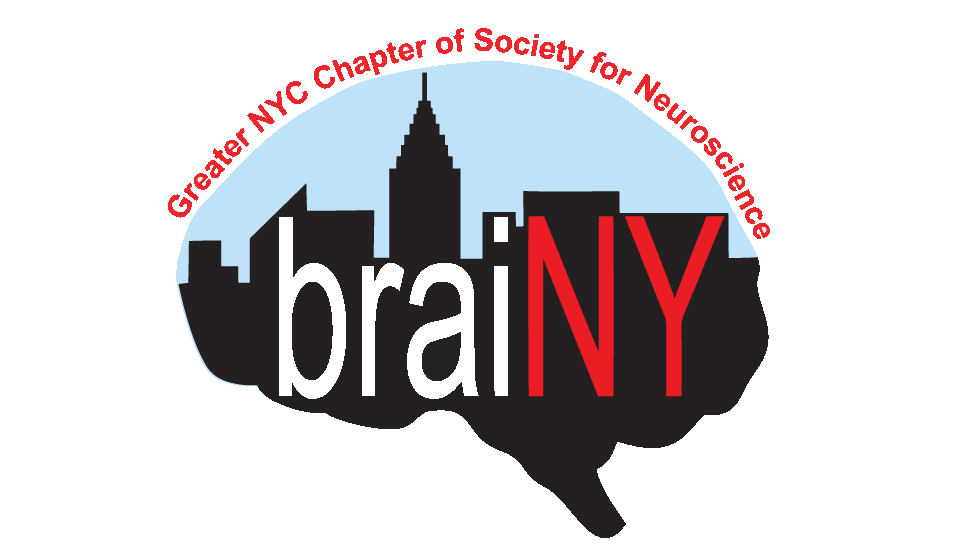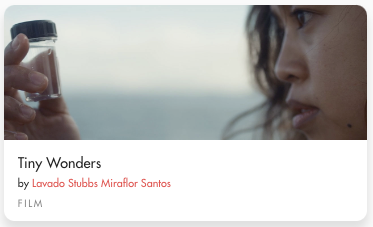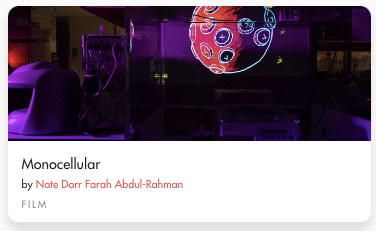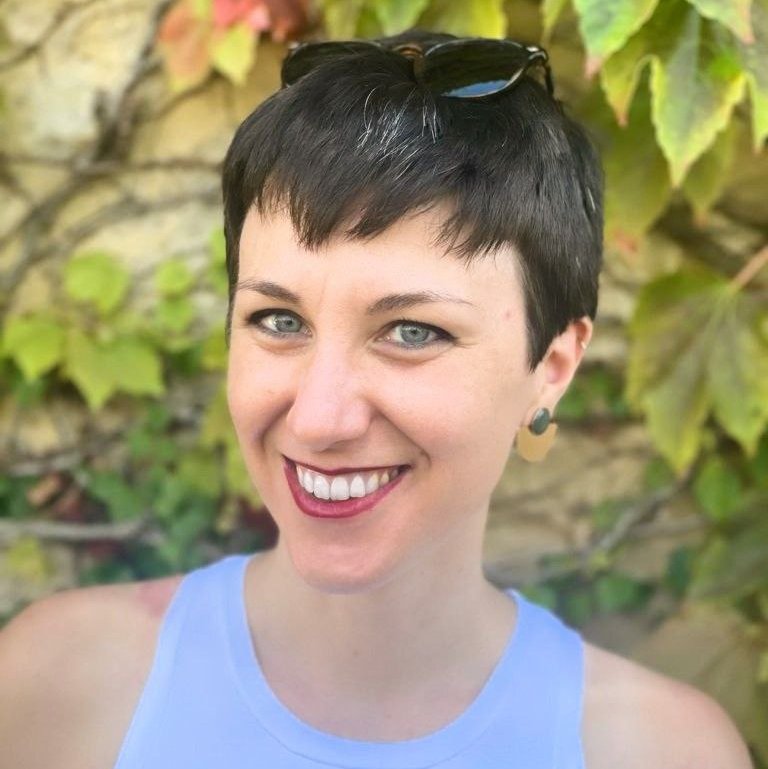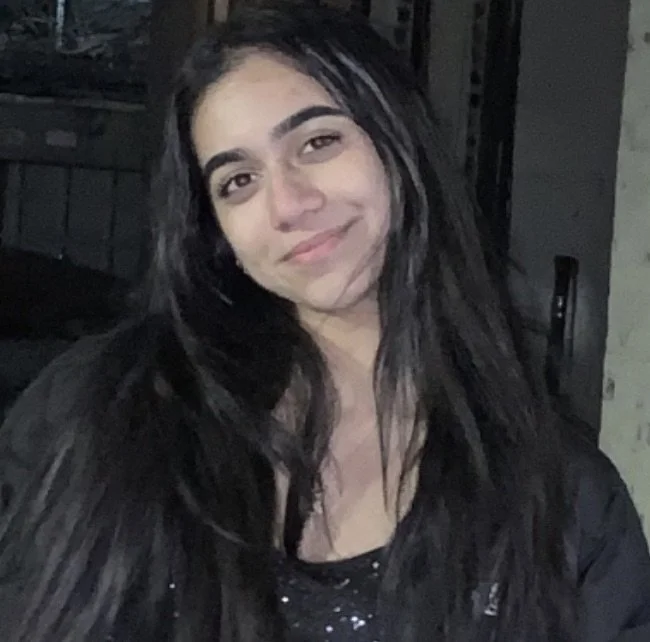Symbiosis: Art and Science
By Arianna Zuanazzi, PhD, and Jessica Singh
Symbiosis is a word that has Greek origins and means “living together”. A mutualistic symbiotic relationship consists in the beneficial interaction between two different organisms living in close space. Some fascinating examples of symbiotic relationships are those between anemones and clownfish or between ants and aphids, where one provides protection and the other one nutrients. Beneficial symbiotic relationships can be created between human beings who belong to different communities, for instance between scientists and artists.
In modern times, science and art have been regarded as distinct disciplines with different objectives, processes, and outcomes. This distinction is not only limited to the practices of science and art; it has deeply shaped the individuals who engage in them. More recently, this traditional dichotomy has been challenged by initiatives and programs (e.g., online resources, mixer programs, “SciArt” projects) that question the rigid definition of either field and that encourage symbiotic collaboration between scientists and artists, with the intention of creating a flexible space for innovation, transformation, and intellectual growth.
Symbiosis Competition at Imagine Science
Symbiosis is a community of artists and scientists who collaborate to move beyond the art/science divide. Every year in the Fall six artists are paired with six filmmakers to immerse in each other’s worlds and create a short film that neither could do alone, in only one week. The Symbiosis Competition (an initiative of Imagine Science supported by Science Sandbox) fosters a space for close interaction where different practices come together to create incredible and unexpected films, where scientific data, experiences, and perspectives merge with film techniques, materials, and ideas. The final creations are not films about science. They are overlapping waves of light and sound, sensory experiments, sentimental science, the inexorable acknowledgement of the existence of the other.
Unveiling Extraordinary Films from the Symbiosis Competition
The Symbiosis Competition transcends the “conventional” boundaries of art and science, creating a space where diverse practices merge to produce remarkable cinematic creations. This visionary platform fosters close collaboration, facilitating the seamless integration of scientific information, personal experiences, and innovative film techniques. Through the competition, extraordinary films emerge, offering audiences an immersive journey.
Let's delve into a glimpse of two films and the experiences of those involved.
Tiny Wonders: In the short film "Tiny Wonders," directed by Lavado Stubbs and featuring oceanographer Miraflor Santos, the concept of resistance takes on a dual meaning. Beyond the resistance exhibited by ocean life against the impacts of climate change, the film delves into Santos' personal journey of empowerment and resilience in STEM as a woman. Collaborating on this piece, Stubbs and Santos found joy in filming and weaving together the artistic and scientific realms— simultaneously reflecting on “resist[ing] the forces that [hold them] back.”
Through Stubbs' deft direction and Santos' captivating presence, "Tiny Wonders" invites viewers to reflect on the interconnectedness between the resilience of ocean life and our own capacity to rise above challenges. In their behind-the-scenes discussions, Stubbs and Santos emphasize the dual meaning of resistance: the battle against climate change and the barriers to success. "Tiny Wonders" serves as a powerful reminder of the significance of resistance in the face of adversity and the transformative power of collaboration between art and science.
Monocellular: In the short film "Monocellular" by Nate Dorr and Farah Abdul-Rahman, the hidden world of single-celled organisms comes alive with mesmerizing visuals and a deep sense of curiosity. The script, written from the perspective of a unicellular organism, delves into the intricate complexities of these tiny life forms, revealing their profound impact on the natural world.
During their behind-the-scenes exploration, Dorr and Abdul-Rahman found the properties of yeast particularly captivating, exploring their adaptive strategies, including dormancy. Furthermore, the directors' creative approach extended to the film's title, as they referred to yeast as "monocells" instead of the traditional term "unicellular." This alternative nomenclature adds a unique touch, highlighting the film's exploration of the intricacies of these microscopic organisms.
Through their shared passion for the subject matter, Dorr and Abdul-Rahman have crafted a remarkable cinematic experience that invites viewers to appreciate the complexity and beauty of the microscopic realm.
Altogether, the visual storytelling of these films highlight the humanity inherent in scientific discovery and the science pervasive in all of our worlds. If you want to hear more about the films, collaborations, and personal experiences of the participants of the 2022 Symbiosis Competition, join the Symbiosis Cineforum Meeting on Sunday 30th July from 12-1PM EST.
Incentivizing Innovation: Rewards for Art-Science Collaborators
The Symbiosis Competition offers a host of incentives to encourage participation and foster a vibrant community of collaboration. By joining this remarkable competition, participants gain access to an array of benefits:
Grant Support: Selected participants receive grants to bring their creative visions to life in only one week. Each pair will be given a $2,500 production fund.
Recognition and Prizes: The competition awards recognition to outstanding films that transcend conventional boundaries and embody the spirit of art and science synergy. One team will receive a $1,500 cash award presented by Science Sandbox
Engaging Community: Participating in the Symbiosis Competition opens doors to a vibrant community beyond the confines of institutions and geographical limitations. Connect with fellow artists, scientists, and filmmakers, fostering valuable relationships and expanding your creative network.
How to Participate:
If you are driven by the transformative power of merging art and science, we invite you to apply for the Symbiosis Competition. Visit https://www.imaginesciencefilms.org//symbiosis to submit your application and become part of this extraordinary platform of collaboration and creativity.
Arianna Zuanazzi is a postdoctoral researcher in the Department of Psychology at NYU, where she investigates how the human brain creates meaning through language and music, and through audition and vision. She is also the director of the Symbiosis Competition at the 2023 Imagine Science Film Festival. Website: https://sites.google.com/site/ariannazuanazzi.
Edited by Denise Croote, PhD
Jessica Singh is a student at The Bronx High School of Science. Jessica's passion for neuroscience, public health, and public policy has led her to research at The Mount Sinai Light and Health Research Center, where she delves into lighting interventions and how they affect us— particularly in the development of neurodegenerative diseases. Jessica also enjoys giving back to her community by tutoring students and volunteering at local hospitals. She is also an active member of her school's award-winning debate team, Senate, and School Leadership Team, where she enjoys engaging in spirited discussions on several topics. Jessica's love of science extends beyond the lab, as she manages and edits her school's Journal of Biology. Jessica hopes to continue pursuing her love of neuroscience and literature in her future studies.
